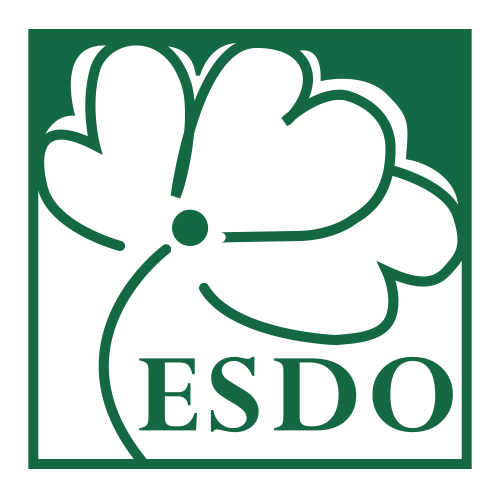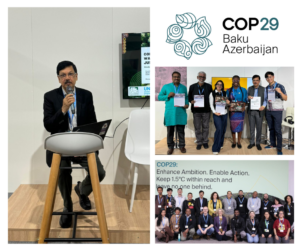ESDO has been conducting training, workshops, consultation, education programs on climate change in the most vulnerable areas in Bangladesh. These areas are: Patuakhali, Barishal, Noakhali, Jhalokathi in the south, Chittagong, Rangamati and Khagrachhori at the east, Rangpur, Rajshahi, Naogaon, Natore in the north-west Bangladesh. One of ESDO’s major focuses is indigenous communities whose lives and livelihood are very much altered by the climate induced impacts.
The indigenous communities depend on the natural environment. They are agriculture based communities. So, when the agriculture is hampered by the climatic change , their whole lifestyle got altered.
- Climate change has changed the weather scenario of the northern part of Bangladesh. Frequency and intensity of floods has increased manifolds during the last few decades. Also, temperature increase, erratic rainfall, water scarcity are extreme weather events that affect these segment of the country.
Other climate induced hazards in northern Bangladesh, where ESDO’s projects locate, are:
Agricultural Impacts: The crop yield is lesser now due to the alteration of timing, duration and intensity of rainfall in Rajshahi. Climatic hazard induced agriculture production damage is aggravating and threatening food security there.
River erosion: Many Santal communities have lost land due to river erosion
Drought: Food, water and health insecurity due to prolonged droughts.
Desertification: A long area of crop lands are infertile and arid now due to insufficient rain. Hence, climate change has already started drying these lands up in the norther part of Bangladesh which are belong to the indigenous communities.
Water scarcity: Since, the surface water bodies are not recharged enough, the ground water table has gone deeper. As a result, people face difficulty in collecting drinking water and water for irrigation. It becomes acute in dry season.
Social impacts: The indigenous communities celebrate several seasonal festivals. Since, the seasonal shifting is not very obvious, they are facing problems in observing the carnivals
Strengthening adaptation by recognizing culture and cultural diversity
For indigenous peoples, resilience is rooted in traditional knowledge, as their capacity to adapt to environmental change is based first and foremost on an in-depth understanding of the nature. As climate change increasingly impacts their landscapes, indigenous communities have been introduced by ESDO to their traditional tactics which are unique in quality.
- Creating opportunities for tourists to experience the very unique culture of indigenous people in a peaceful natural settings in Rajshahi, the Eco-village Project of ESDO aims at restoring their cultural diversity.
- The indigenous communities, hence, are encouraged to revive their cultural norms, values and behaviors which were almost lost by the influence of mainstream population.
The activities conducted by ESDO to mitigate climate change:
Conserving the biodiversity,
• Environmental awareness
• Climatic shift,
• Changing agricultural pattern,
• Sustainable land management and
• rehabilitation,
• Sustainable and organic agriculture,
• Capacity building and alternative income generation
• Information and Communication Technology (ICT),
• Community knowledge dissemination
• Adult literacy regarding climate change,
• Distributing and training on how to make a environment friendly stove so that carbon emission could be minimized
• Distribution of solar lights
- The climate change induced impacts in life and livelihood of Santals cannot be stopped. However, to mitigate the impact of climate change, ESDO has initiated several education programs among the Santal communities.
- ESDO has constructed several earthen home and initiated this idea among Santal communities. It can protect them from extreme temperature change
- Also ESDO has provided training on how to respond to extreme events like flood, storm, drought especially to women and elderly who are more vulnerable to extreme weather events.
- The climate change induced impacts in life and livelihood of Santals cannot be stopped. However, to mitigate the impact of climate change, ESDO has initiated several education programs among the Santal communities.
- ESDO has constructed several earthen home and initiated this idea among Santal
- communities. It can protect them from extreme temperature change
- Also ESDO has provided training on how to respond to extreme events like flood, storm, drought especially to women and elderly who are more vulnerable to extreme weather events.
- ESDO has initiated zero-waste village which educates the indigenous communities to keep their environment clean. Here they are trained on manufacturing organic fertilizer, organic farming, disadvantages of applying pesticides and chemical fertilizer and waste management.

